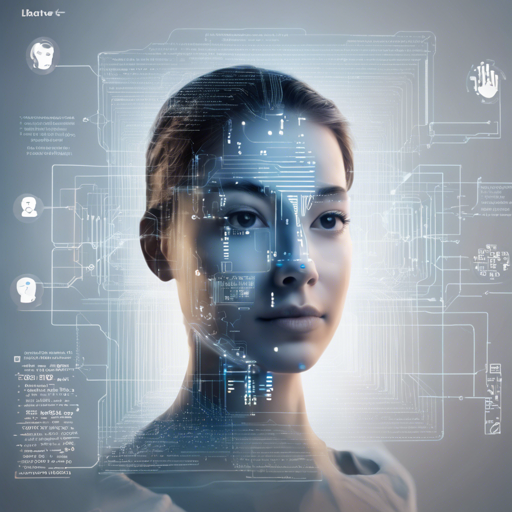Welcome to the exciting world of facial recognition! With libfaceid, a dynamic Python library, you can embark on a journey that simplifies the complex processes involved in face recognition. This guide will walk you step-by-step on how to install and utilize this library, troubleshoot common issues, and even offer some fun features you might want to experiment with.
Getting Started: Installation Steps
To begin using libfaceid, follow these simple installation steps:
- Install Python 3: Ensure you have Python 3.5.3 for Raspberry Pi 3B+ or Python 3.6.6 for Windows installed on your computer.
- Install Required Packages: Use the command line to install necessary dependencies using the requirements.txt file.
pip install -r requirements.txt - Install CMake: You will need CMake for dlib installation. You can download it from here.
- Install dlib: Use the following command:
pip install https://files.pythonhosted.org/packages/.../dlib-setup.whl - Optional: If you want to include voice capabilities, install additional dependencies defined in `requirements_with_voicecapability.txt`.
How to Use libfaceid
Now that you have everything set up, let’s explore how to use libfaceid effectively. Here’s a step-by-step guide for a quick start:
- Add your dataset: Place images of individuals you want to recognize under the datasets directory.
- Train your model: Update the training script to specify the models you want to use, then run it.
python training.py - Test your model: Similarly, specify models in the testing script and run it to check performance.
python testing_image.py
Understanding the Code: An Analogy
To further demystify using libfaceid, picture this: imagine you are a chef in a kitchen (the library) that has every ingredient (different models) at your disposal. Depending on the type of dish (the desired output), you can choose to combine various ingredients (detection and recognition models) in unique ways.
For example, if you want a quick salad (speed-focused models), you might opt for simple vegetables (Haar Cascades) instead of preparation-heavy dishes (advanced models like FaceNet). On the contrary, if you are preparing a gourmet meal (high accuracy), you select top-tier ingredients, which may take longer to prepare but yield exquisite results.
In this kitchen, you mix, match, and experiment until you find the perfect balance of flavor (performance) that suits your taste (use case).
Extra Cool Features to Play With
libfaceid comes with some nifty features:
- Predict age, gender, and emotions.
- Implement voice-enabled capabilities that allow personal greetings based on recognized faces.
- Create a simple web application using Flask to capture videos remotely.
Troubleshooting Tips
If you encounter issues while using libfaceid, here are some tips to help you along the way:
- DLL Issues: If you’re using Windows and facing DLL issues with OpenCV, consider downgrading to OpenCV 3.4.1.15 or 3.3.1.11.
- Model Mismatches: Ensure the models used for training are the same as those you use for actual testing for better accuracy.
- Library Updates: Regularly update your libraries and dependencies to the latest versions to avoid compatibility issues.
For more insights, updates, or to collaborate on AI development projects, stay connected with fxis.ai.
Conclusion
At fxis.ai, we believe that such advancements are crucial for the future of AI, as they enable more comprehensive and effective solutions. Our team is continually exploring new methodologies to push the envelope in artificial intelligence, ensuring that our clients benefit from the latest technological innovations.

